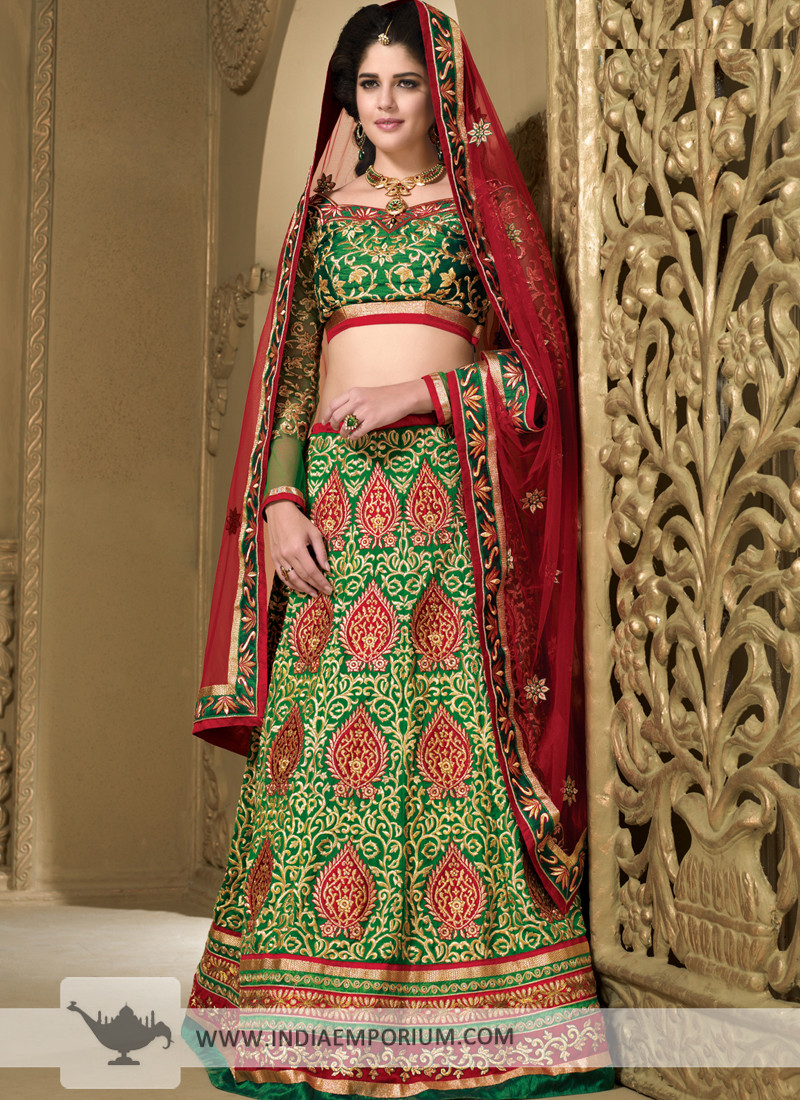I am a south Indian by birth, but I have spent almost all my life in
the northern states of this beautiful and diverse country. When I used
to go to my hometown during my childhood days, I used to see young women
wearing what is often referred to as a davani. What it essentially is a
long skirt, worn with a blouse and then a dupatta is draped over the
blouse, with one end tucked into the skirt. The dupatta would always be
pleated neatly, earning it yet another name – the half saree. Today,
most people are referring to it as the Indian lehenga saree!
Although
the humble davani or half saree has been around for centuries, the more
modern version has appeared on the scene recently. As a matter of fact,
the designers who reinvented this age old attire need to be given a
salute, because they have managed to combine a sense of the modern with
something that is so inherently traditional. Go to a store that offers
traditional attires and chances are that you will get to see several
versions of the lehenga saree – there will be ones with elaborate
blouses and simpler lehengas, ones that are vice versa and then also
versions which have intricate work on the dupattas.
There was once a time when a wedding meant buying a traditional Indian bridal lehenga choli
but the modern day bride wants something a little more unique and a lot
more exclusive. This is perhaps why, many of them are looking at the
lehenga saree instead of the traditional lehenga choli. One of the
reasons why a lot of women are considering the lehenga saree is the fact
that it allows for a lot more experimentation. A saree means that all
you can do is change up the way you drape it, and with a lehenga choli
there are only so many designs that you can choose from. However, with
the lehenga saree, you get the best of both worlds.
If
you are looking at investing in an Indian lehenga saree it would be a
good idea to look through a fair few options, before picking one that
you like. Consider factors such as the material, which should be in
keeping with the climatic conditions, the work done, which should be
dependent on what the occasion is and of course the price tag. It is
also important to remember that you should pick something that will suit
your body type and your skin tone.






No comments:
Post a Comment